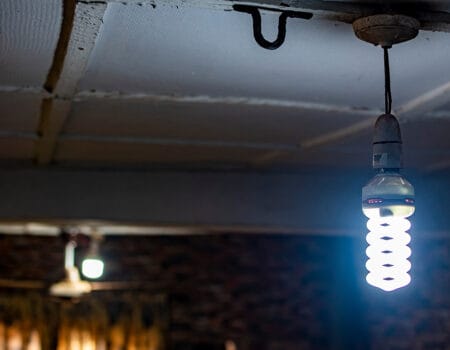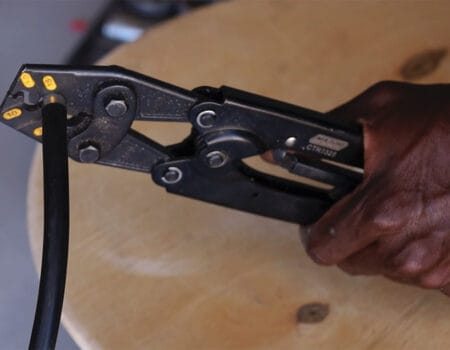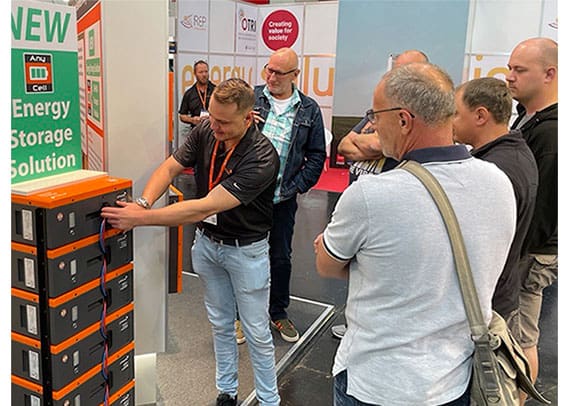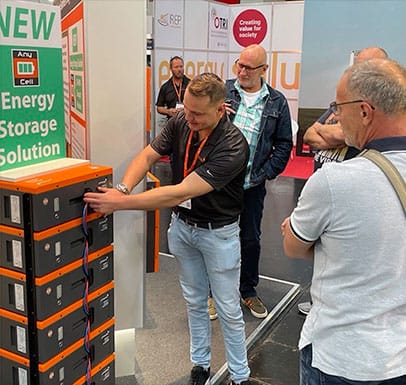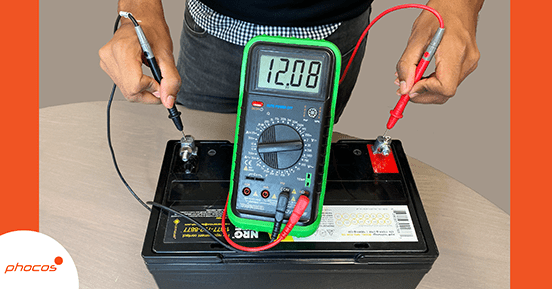
Question:
How can I tell if my solar panels are getting enough sun to power my loads (equipment) in my Off-Grid system?
Answer:
1. The first thing to check is the battery voltage. If the voltage is at a target charging voltage, then the module is adequately charging your batteries. For example, if you measure 13.7V on a 12Vdc battery, then it has reached the ‘Float’ charging voltage, and the battery is being adequately charged. Weather can be a factor. (Note: Keep in mind, due to temperature compensation, target voltages may be higher in cold weather and lower in hot weather. Always refer to the battery manufacturer’s website, user manual, or datasheet to confirm.)
2. If the battery voltage is not at a target voltage, then the battery voltage should be checked over several minutes during daylight hours to ensure it is increasing properly. If the battery voltage is increasing, the battery is being charged. If the battery voltage is increasing slowly in sunny weather, there may be a problem with PV panels not receiving enough sunlight. Maybe the solar panel tilt or azimuth needs adjusting? Does the solar panel need to be cleaned? (Note: Panels can be wiped down to remove dust and particles. Water can also be used, but only early in the morning or late at night when the solar modules are not warm to the touch. Always check with the solar panel manufacturer for cleaning instructions.) Maybe there is shade impacting electron flow? Even a very small amount of shade impacts solar energy output.
3. Check the terminal connections and any wiring connections of the PV modules to the charge controller, as well as the charge controller to the battery bank.
4. Accessories and tools can help to diagnose and troubleshoot PV system performance. There can be an option to use a charge controller accessory with current measurement (if applicable) or a digital multimeter to measure the module current. A digital multimeter with a current sensor such as a clamp meter is an indispensable tool to diagnose and troubleshoot PV system performance. A clamp meter can be clamped around a wire, cable or conductor at any point in an electrical system to measure the current in that circuit without disconnecting it. Whatever tool you choose to use, compare the measured current value to the solar module datasheet. Check the battery manufacturer’s datasheet or user guides for recommended charge current or charge ranges (C-rates).

